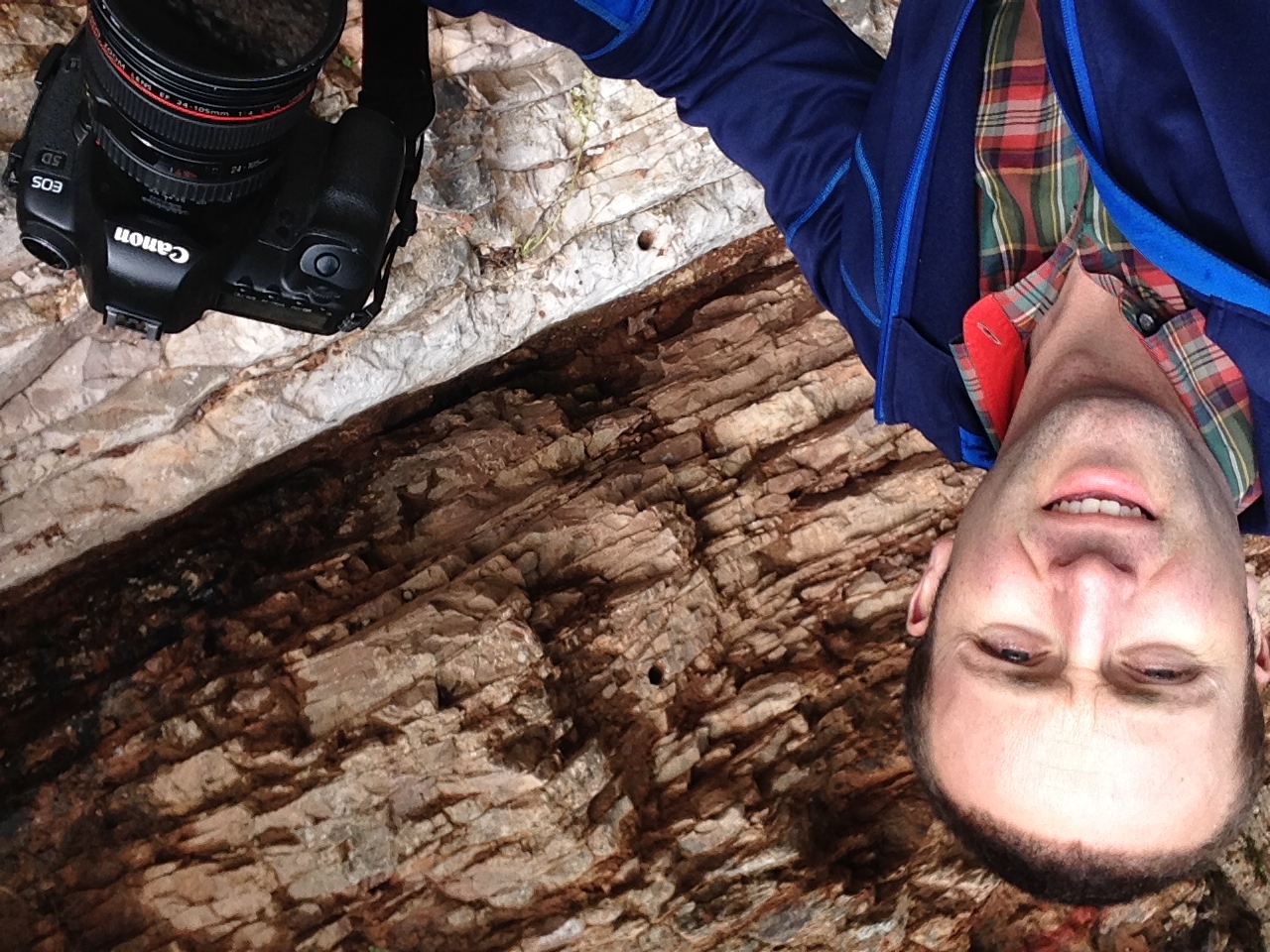You go to Woods Hole and drink whiskey in the rain. There’s a caffeine-swilling geochemist who studies oil spills. There are captive squid, stressed sharks, horseshoe crabs waiting for post-docs to drain their blue blood. In a basement, a man says, “If the community wants mutant frogs, we make them mutant frogs.” That night you disassemble lobsters in a mansion atop a glacial moraine.
Up at Harvard, in the Museum of Comparative Zoology, your class on geobiology is exploring the end-Permian Extinction. You write, what was the first sound made by a living thing? What does an extinction sound like? In this class, you don’t say a word the entire semester, for reasons you can’t explain.
So far, your favorite thing to do at MIT is eat free cookies at the Wednesday afternoon Earth, Atmospheric & Planetary Science department lectures. From the 9th floor you can see clear across Cambridge to Somerville and beyond, maybe all the way to the Winchester fells, where your friend Meme, now gone to cancer, worked for the Parks dept and hauled teenagers’ kegs out of the woods. You can now imagine this landscape 15,000 years ago, all of New England - the landscape of your childhood - under a giant hand of ice, pressing and scraping and surging, pulling gravel and sand and boulders this way and that, carving gullies, rivers, moraines, leaving behind the hills where you learned to hike, the pond in Maine where your father took you nightswimming as a boy, under stars as bright as any you’ve ever seen, where with your ears underwater, flat on your back, the sound of your own breathing and the hemisphere of stars gave you the sensation of floating through space. The cookies at the planetary science lectures are the size of Jupiter, but you are unable to restrain yourself from eating several as a gentleman from California shows an animation of stellar formation, explains where water freezes and thaws in the early solar system. There is water aplenty frozen in the comets of the Oort cloud, the Kuiper belt, and now you see his pictures of active asteroids, degassing reserves of water, knocked loose, he suspects, after an unexpected collision with another rock. Of the million or so asteroids circling the sun between Mars and Jupiter, he has found sixteen that he considers to be active. “Will we visit them?” someone asks. He replies, “NASA is conservative and only wants to do boring things where the result is already known and success is assured.”
In geochemistry class, an expedition to sample the bottom of Walden Pond is scrapped, because, as the TA explains, “Our boat is in Africa.”
For a weekend away you follow friends to a small island in Buzzard’s Bay. At night, bioluminescent phytoplankton skirt the rocks beneath a foot bridge, bursting into bright, brief, watery comets. You wonder where earth’s water first formed. Someone says it formed in space long before the solar system formed. Ancient space water? Delicious.
To eat turkey, you fly to North Carolina with your wife and parents. The drive from Charlotte takes you through endless switchbacks, and your father takes pictures of everything. You consider making a film about your father’s photographs, from Kodachrome to Digital SLR, and about the piles and piles of ones and zeroes that all our memories are turning into. In Asheville, you pay over $300 for organic groceries, including a $90 turkey, because long ago you made the mistake of learning about where food comes from. Amanda puts forward a recipe involving a cheesecloth blanket, soaked in wine and butter, that gets draped over the turkey during its fateful time in the oven. At the rental house, which is an impressive mountain chalet, the oven door is broken, and so your father and brother-in-law build a mop-based contraption to keep it shut. While the turkey cooks with its blanket, your parents trespass onto various woodland properties, and you stand embarrassed in the road. Together you eat sandwiches in a ditch.


















